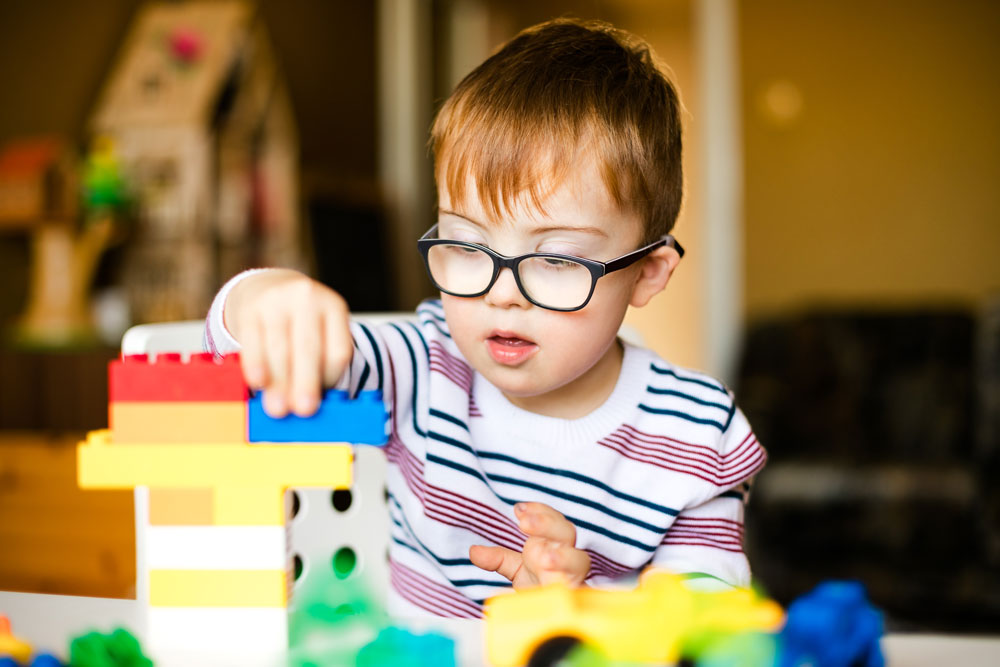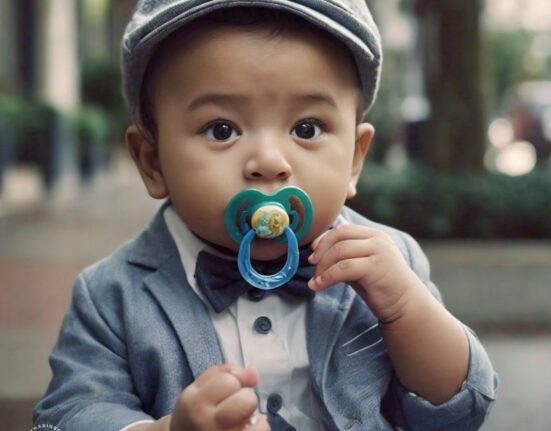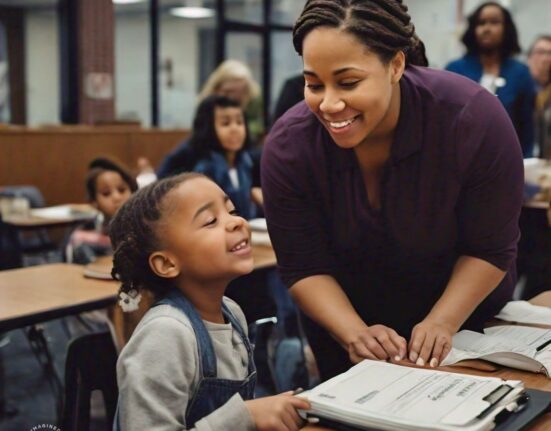Babies are not born with all the visual abilities they will need in life. This is largely due to immaturity of visual centers of the brain, which continue to develop in the postnatal period as the child receives exposure to various visual stimuli.
Pursuant to report on normative vision published by American Optometric Association and Stanford Children’s Hospital, parents and caregivers should expect their baby’s vision to develop in accordance with the following milestones. Keep in mind that every child is unique and some children may reach milestones at different ages.
| Milestones related to vision |
| Birth: Poor eyesight. Infants blink in response to bright light or touching eye. Eyes are sometimes uncoordinated, may look cross-eyed. Able to stare at object if held 8 to 10 inches away, this is essentially the distance to parent’s face. A newborn can see objects at the sides with peripheral vision (lateral), but central vision continues to develop. |
| 1 month:Looks at faces and pictures with contrasting black and white images. As the retina develops, the baby’s pupils widen and can make out ranges of light and dark, as well as patterns.Large shapes and bright colors may begin to attract infant’s attention, and babies may begin to focus on objects right in front of them. Watches parent closely. Tears begin to form Infants remain most interested in objects that are very close to them. |
| 2 to 3 months:Begins to be able to see an object as one imageLooks at hands. Follows light, faces, and objects and starts reaching for things. |
| 4 to 5 months:Beginning to reach hands to objects, may bat at hanging object with hands. Can stare at a block.Recognizes familiar objects. Looks at own hands. |
| 5 to 7 months: Full color vision, able to see at longer distances.Can pick up a toy that is dropped.Turns head to see an object, shows preference for colors, touches own image in the mirror. 3D and depth perception. Eye-body coordination skills continue to improve. |
| 7 to 11 months:Can stare at small objects. Depth perception continues to develop. Plays peek-a-boo. By 10 months of age, a baby should be able to grasp objects with thumb and forefinger. |
| 11 to 12 months:Can watch objects that are moving fast. By twelve months of age, most babies will be crawling and trying to walk.Babies can now judge distances fairly well and throw things with precision. |
| 12 to 14 months:Able to place shapes in proper holes. Becomes interested in pictures. Recognizes familiar objects and pictures in books and may point to some objects when asked, “Where is the …?”Points and gestures for objects and actions. Recognizes own face in mirror |
| 18 to 24 months:Able to focus on objects near and farScribbles with crayon or pencil, and may imitate drawing straight line or circle.Can point to body parts. |
| 36 to 48 months:Can copy shapes.Vision is nearing 20/20. Able to name colors. |
| 48 to 72 months (4 to 6 years):Recognizes and recites the alphabet. Ready to begin reading. Has complete depth perception, able to use scissors. |
FUN FACT
A study of 7-week-old infants in which researchers recorded activity of the brain while babies were looking at various interesting stimuli showed that 7-week-olds are able to process motion in ways that are similar to adults. The similar activity of motions processing brain regions in infants and adults suggests that infants may have a sense of vection and hence a sense of body position.
The finding of ability to sense one’s own body position at just 7 weeks of age was quite surprising!
Steps that parents can take to support development of normal vision in children.
Birth to 4 months
- Use nightlight or dim light in the nursery, like this LED bedside touch sensor lamp
- Change the crib’s position frequently and change the child’s position in it.
- Keep reach-and-touch toys within the baby’s focus, about eight to twelve inches.
- Talk to the baby while walking around the room.
- Alternate right and left sides with each feeding.
5 to 8 months
- Install a baby mobile, like this Tiny Love Classic
- Get INFANTINO Squeeze and Stack Block set to support tactile and visual perception development.
- Play PAT-A-CAKE moving the baby’s hands through the motions while saying the words aloud.
- In general, for a baby this age – give plenty of time to play and explore on the floor. Provide toys that can be held in the hands.
- Ensure that the toy is big enough for the infant not to be able to swallow it. Babies are naturally curious and will often explore the texture of the object by placing it in the mouth, therefore small objects are a choking hazard!
9 to 12 months
- Play hide and seek games with toys or your face to help the baby develop visual memory.
- Name objects when talking to encourage the baby’s word association and vocabulary development skills.
- Encourage crawling and pulling up own weight.
1 to 2 years
- Move the ball or other toys back and forth to help the child track objects with the eyes.
- Give the child building blocks and balls of all shapes and sizes to play with to boost fine motor skills and small muscle development. Here is an excellent set by HAPE, a safe, non-toxic and durable brand.
- Read or tell stories to stimulate the child’s ability to visualize and pave the way for learning and reading skills.
Sources
Laura Biagi, Sofia Allegra Crespi, Michela Tosetti, Maria Concetta Morrone. PLOS Biology, 2015; 13 (9): e1002260 DOI: 10.1371/journal.pbio.1002260 Stanford Children’s Hospital. Vision Milestones. www.stanfordchildrens.org






